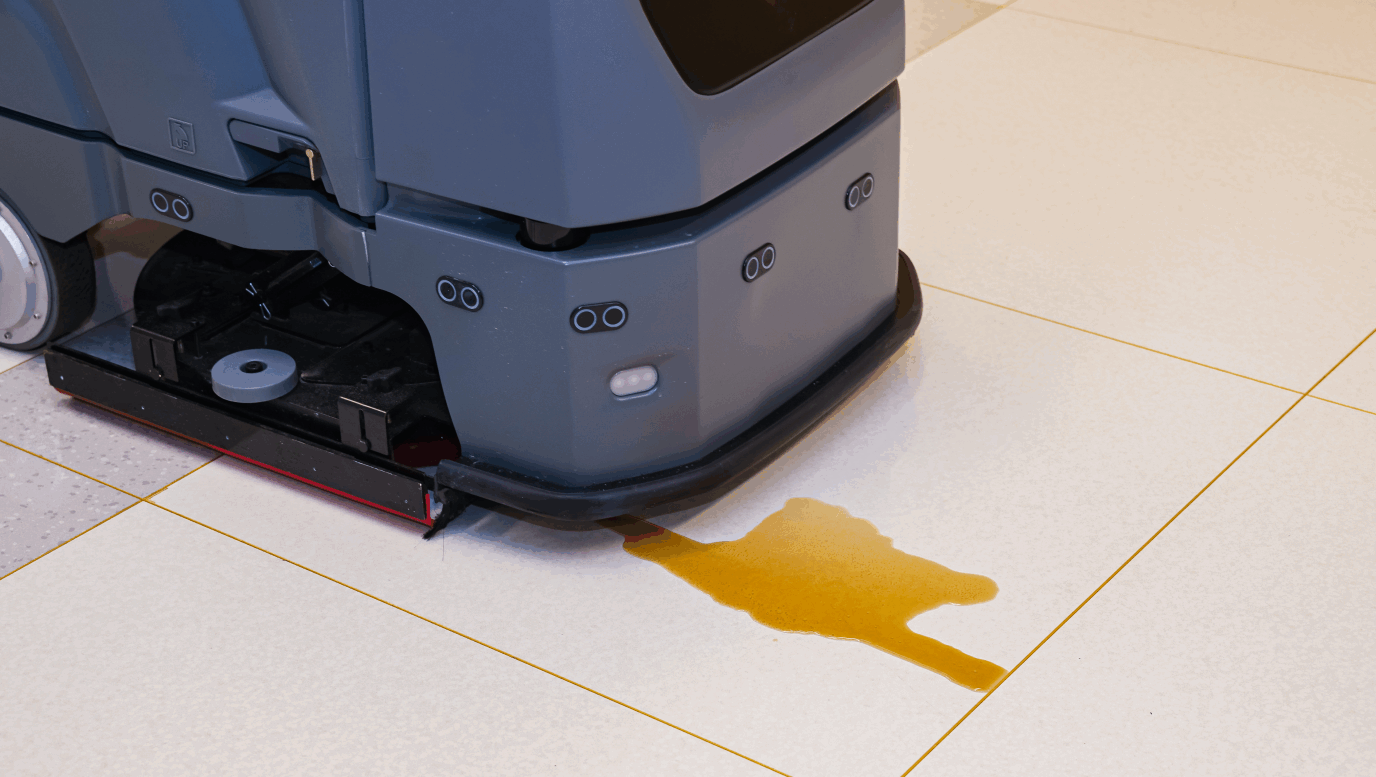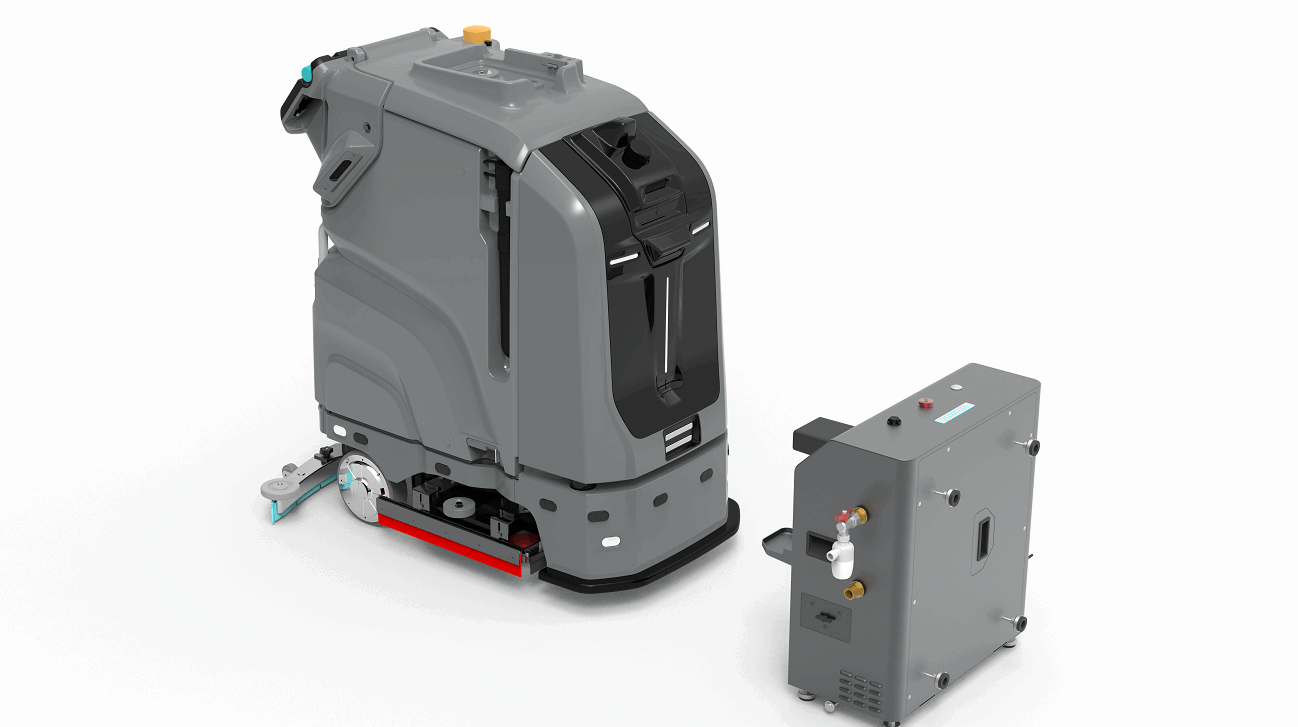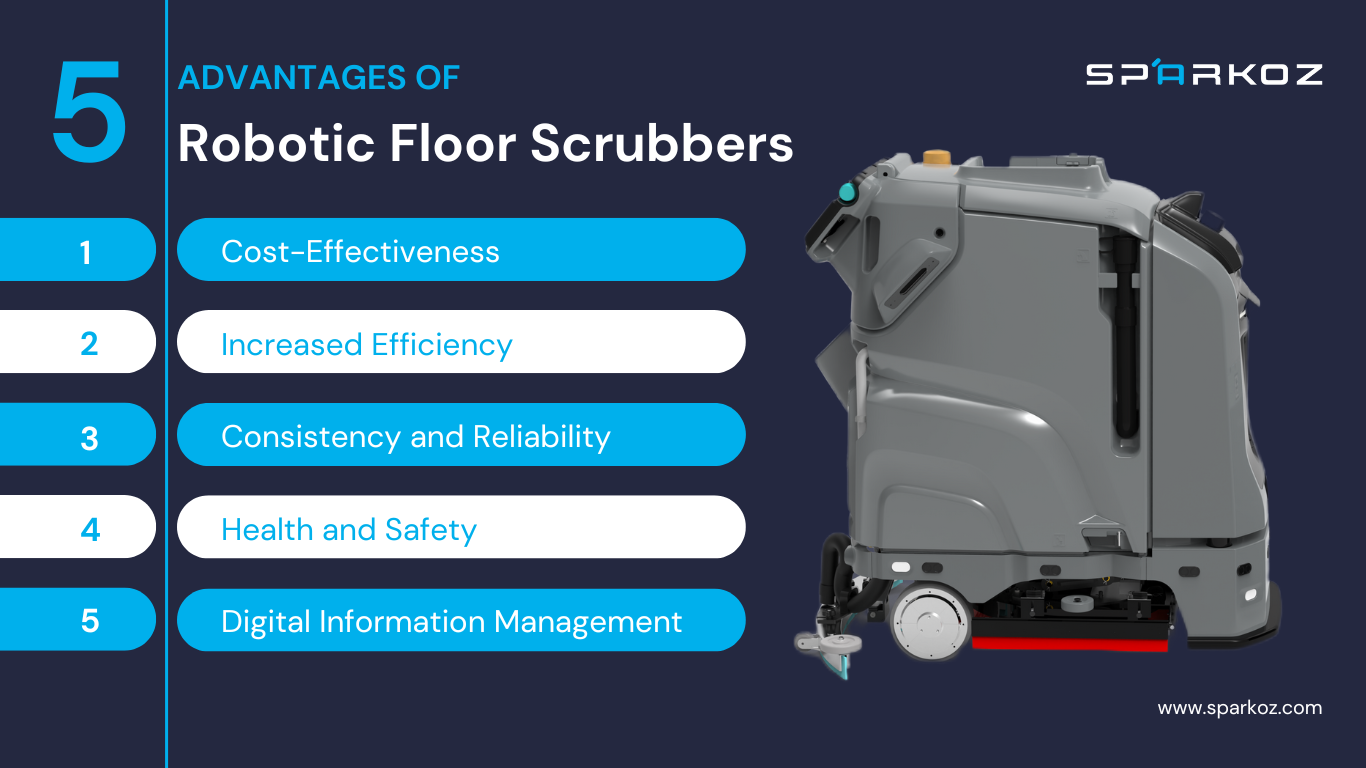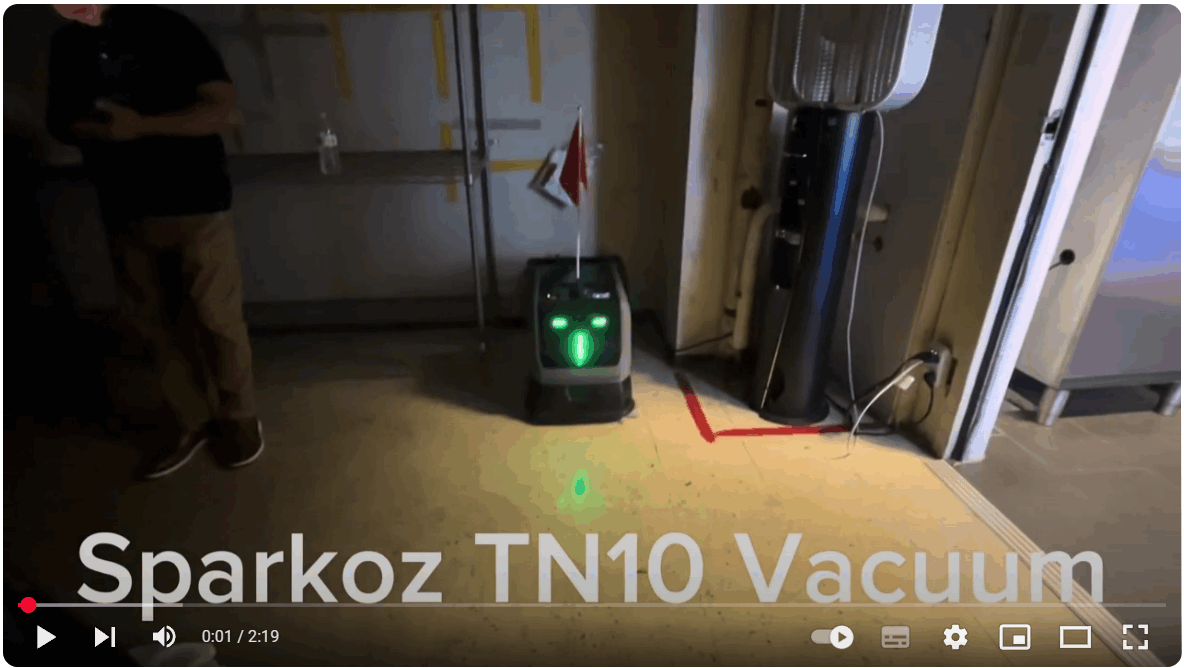
Introduction
Traditional floor cleaning has always been a time-consuming, labor-intensive process, often requiring significant manual effort and high labor costs. However, with advancements in robotics and artificial intelligence(AI), robotic floor scrubbers have emerged as a game-changing solution for businesses and facilities of all sizes.
These autonomous cleaning machines use advanced sensors, AI-driven mapping, and automated cleaning functions to efficiently remove dirt, dust, and spills while significantly reducing the need for human intervention.
This article explores what robotic floor scrubbers are, their key features and benefits, and how they are transforming the cleaning industry.
What Are Robotic Floor Scrubbers?
Robotic floor scrubbers are autonomous cleaning machines designed to clean hard floor surfaces efficiently. These robots utilize a combination of water, cleaning solutions, and scrubbing mechanisms to eliminate dirt, stains, and debris from floors without requiring manual labor.
Types of Robotic Floor Scrubbers:

TN70 with workstation
Semi-Autonomous Scrubbers: Require some human oversight, such as task scheduling and manual initiation.
Manual Scrubbers: Traditional floor scrubbers that require full human operation without AI capabilities.
Key Features of Robotic Floor Scrubbers
Robotic floor scrubbers come equipped with several key features that enhance their cleaning efficiency and effectiveness:
Autonomous Operation: Most autonomous cleaning robot have capabilities such as self-charging, self-refilling, Intelligent IoT. These features can further reduce the need for human intervention and increase operational efficiency.
Advanced Sensors and AI Technology: Equipped with sensors such as LiDAR, ultrasonic, and infrared, along with AI capabilities, these machines can detect and avoid obstacles, map their environment, and optimize cleaning paths. This technology ensures thorough and efficient cleaning, even in complex environments.
Long-Lasting Performance for Large Areas and Automated Cleaning: Designed with robust batteries and efficient cleaning mechanisms, robotic scrubbers can cover large areas on a single charge, making them suitable for extensive commercial and industrial spaces.
Sustainable Materials and Water-Saving Mechanisms: Many robotic scrubbers are constructed using eco-friendly materials and incorporate water-saving technologies, such as precision water dispensing and water recycling systems, to minimize environmental impact and reduce operational costs.
Advantages of Robotic Floor Scrubbers
1.Increased Cleaning Efficiency
2.Cost-Effectiveness&ROI
3.Enhanced Workplace Safety
4.Improved Environmental Impact

Applications of Robotic Floor Scrubbers
Robotic floor scrubbers are versatile and can be utilized in various settings:
Commercial Spaces: Offices, malls, airports, and hospitals benefit from robotic scrubbers by maintaining high cleanliness standards with minimal human intervention. For instance, in healthcare facilities, robotic scrubbers can help maintain health and safety by providing consistent cleaning and reducing the risk of cross-contamination.
Industrial Environments: Manufacturing plants, warehouses, and distribution centers utilize robotic scrubbers to ensure clean and safe working conditions, enhancing productivity and compliance with health regulations. The efficiency of robotic scrubbers translates into significant time and cost savings, covering larger areas in less time than manual cleaning. Some industrial environments produce pollutants that can be harmful to the human body and no one wants to take on that type of work, whereas with robots, safety issues can be avoided. There are also industrial environments that have narrow, low aisles or areas that are difficult to clean manually and can be cleaned with a smaller sized scrubber robot.
Specialized Use: Many automatic robots come with customized features in different industries depending on their needs. For example, in environments that require disinfection, such as schools, public places and hospitals, robotic scrubbers equipped with disinfectant fogging modules can play an important role in providing a more thorough and efficient cleaning and disinfecting process.
Sparkoz Successful Cases
Factory Application
The TN70 is utilized in a factory environment in Michigan. The robot performs cleaning missions with a cleaning rate of 1000 m²/h and operates efficiently for 2–3 hours per mission. This scenario highlights the TN70's adaptability to industrial settings where frequent and large-scale cleaning tasks are required.
Youtube Link: https://youtu.be/qztC5EHBFRk?si=D5S0tGqUZk0hNVOM

Hotel Application
In a hotel environment in Las Vegas, the TN10 performs cleaning tasks on a single floor, with a cleaning rate of 400-500 m²/h and operating for 5-6 hours per shift across three shifts a day. This application emphasizes the robot's utility in the hospitality industry, where consistent cleanliness is crucial.

Youtube Link: https://youtu.be/A-wvOLW63rU?si=_yW_kfaWrchiYh8A
The Future of Robotic Floor Scrubbing Technology
The field of robotic floor scrubbing is rapidly evolving, with several innovations on the horizon. Future models are expected to incorporate more sophisticated AI algorithms, enabling them to learn and adapt to their environments more effectively. This could lead to improved cleaning efficiency and the ability to handle more complex tasks. There is a growing emphasis on developing eco-friendly robotic scrubbers that use sustainable materials, consume less water, and utilize energy-efficient technologies. This aligns with global sustainability goals and can lead to cost savings for users.
Conclusion
Robotic floor scrubbers represent a significant advancement in cleaning technology, offering numerous benefits across various sectors. Their ability to provide consistent, efficient, and cost-effective cleaning solutions makes them an invaluable asset for businesses and homeowners alike. As technology continues to evolve,these machines are expected to become even more intelligent, autonomous, and environmentally friendly, further enhancing their value and applicability.
For those considering the adoption of robotic floor scrubbers, it is advisable to conduct thorough research, assess specific cleaning needs, and consult with industry experts to select the most suitable model. By doing so, you can ensure that your investment leads to cleaner, safer, and more efficient environments.